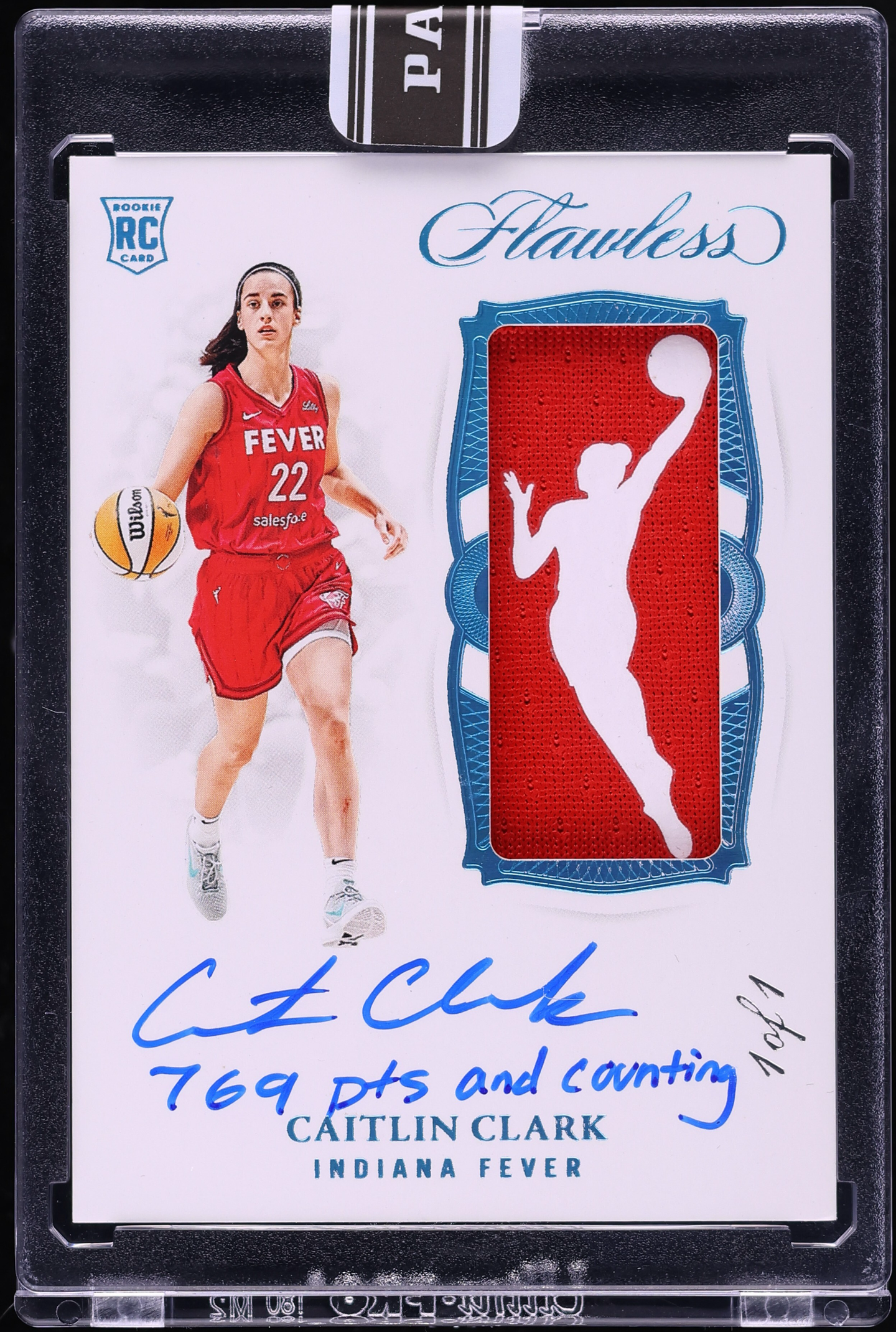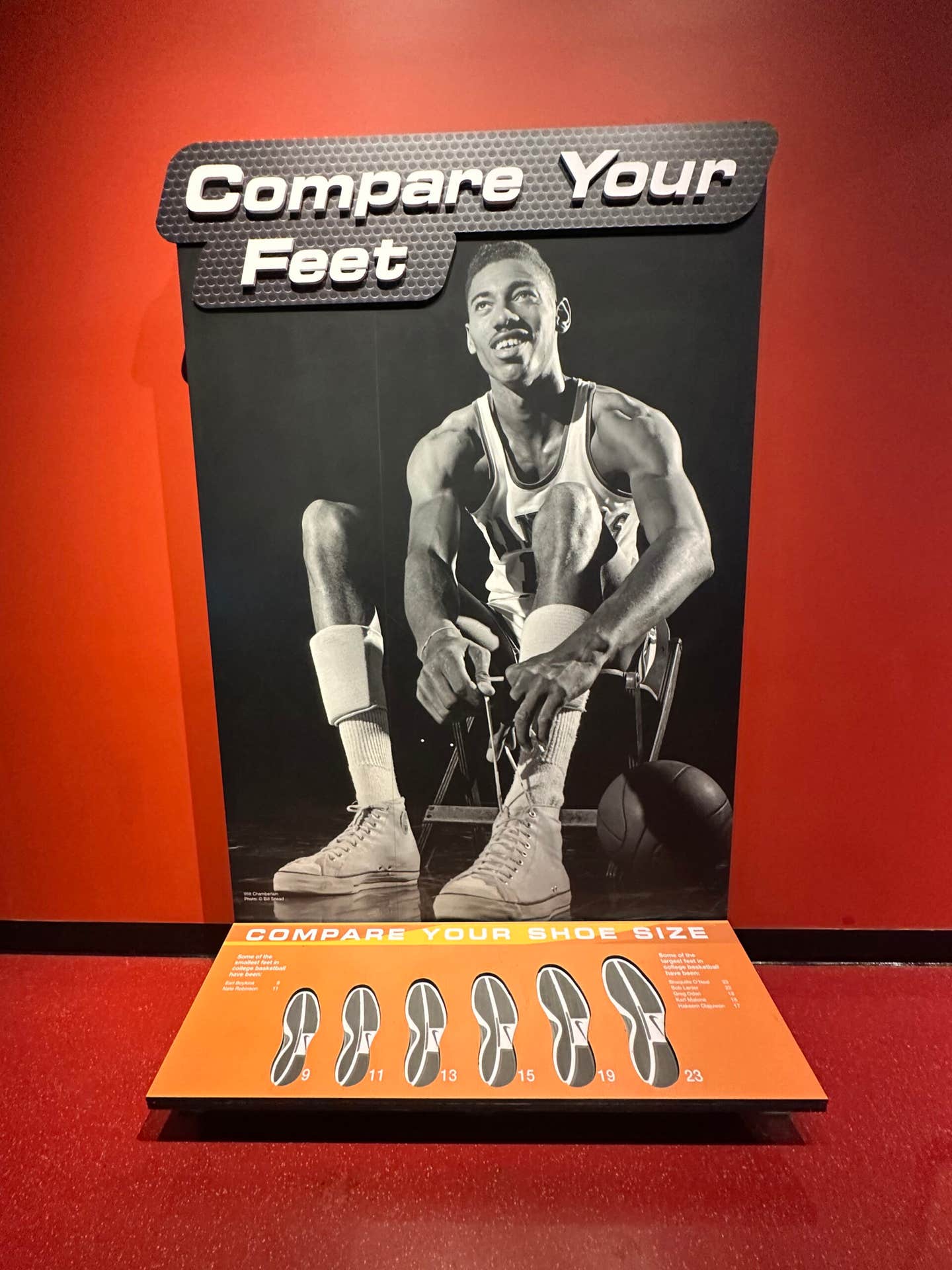News
Player Interview: Johnny is No Longer Riding the Bench
By Paul Post
Johnny Bench has two World Series rings, a pair of MVP Awards and a plaque in Cooperstown – a pretty good collection of hardware. In most people’s minds, he’s the greatest catcher of all time.
Yet, despite all those accolades and achievements, the Hall of Famer still finds it hard to believe that fans line up to have him sign a bat, ball or souvenir program cover.
“Hey, can you imagine being a kid from Oklahoma and people still wanting your autograph when you’re 63 years old?” Bench said. “It means there’s a legacy somewhere, so I must have done a few things right.”
Talk about the understatement of the century.
From 1967-83, the Cincinnati Reds star did just about everything right while revolutionizing his position, not only as one of the game’s top hitters, but by setting a new standard for defensive prowess with cat-like reflexes and a cannon-like throwing arm.
Before his 25th birthday, he’d already won two MVP Awards – in 1970 and ’72 – in helping the Reds capture NL pennants with home run and RBI titles to his credit as well in both of those years. Bench’s career slugging totals would have been even greater if not for a serious lung surgery that brought his superhuman efforts down to the level of mere mortals.
Even so, as the 1970s progressed, his reputation only grew as an integral part of Cincinnati’s “Big Red Machine” – one of the greatest teams ever assembled that won two World Championships (1975 and ’76), four pennants and six division titles during the decade.
“Everybody seems to know the Big Red Machine,” Bench said. “Even though you weren’t a Big Red Machine fan, you still respected us. That’s the thing about it. People say, I was a Cub fan, a Dodger fan or a Red Sox fan, but I still respected you. That’s the coolest part of all. Most people can name the Big Four (Bench, Pete Rose, Joe Morgan, Tony Perez) for sure and the Great Eight (a starting lineup that also featured Dave Concepcion, George Foster, Cesar Geronimo and Ken Griffey Sr.). It was a labor of love.”
Today, Bench spends a great deal of time making personal appearances for Stryker Co., a medical device manufacturer. He’s undergone two hip replacements and enjoys telling other people how they, too, can expect to lead pain-free, active lives again.
“Before, I couldn’t stand up, I couldn’t get out of bed, I couldn’t do anything,” he said. “My life has changed. I’ve got a 5-year-old son now, a 20-month-old son. I’m not saying it’s because of the hip replacements, but now I’m functioning. I’m playing golf, I’m traveling. It’s really important to have a real life again. It’s the best I’ve felt in 40 years. This is a great time in my life.
“Don’t live with pain. You can get help.”
During a trip to Saratoga Springs, N.Y., in 2011, Bench hit a grand slam with hospital patients by handing out dozens of autographed baseballs while keeping spirits bright with a lively sense of humor. For example, he showed recent surgery patients Carol Gottfried and Barbara Cole – still going through physical therapy – how he’s able to run up and down stairs.
“Are we ready to do jumping jacks?” Bench joked.
Jeff Davis, a martial arts enthusiast, had orthopedic surgery last year.
“I just restrict myself to bar fights,” Bench said with a laugh.
Baby boomers have been one of the most active generations in U.S. history, pursuing all types of athletic activities, always on the go. However, as they age, the number of hip surgeries alone is expected to go from 400,000 in 2010 to 2 million by 2020.
“A lot of it is going to depend on what health care provides for our patients,” Bench said.
Everywhere he went, admiring hospital patients and staff mobbed him with a variety of memorabilia to sign, including the 1972 Time Magazine cover that declared him “Baseball’s Best Catcher.”
“I’m not really an autograph seeker,” fan Bernie Nikolski said.
“I could tell,” Bench said, smiling, as Nikolski handed him the magazine to sign.
One fan stopped to tell Bench how he was at a 1972 game in which Bench hit a home run off Cardinals great Bob Gibson.
“I thought I recognized you,” Bench said, showcasing his quick wit.
Most of Bench’s personal collection is part of a new exhibit at the Reds’ Hall of Fame, adjacent to the Great American Ball Park in Cincinnati.
“We actually have my exhibit up, so all my stuff is there, stuff that’s been taken from me throughout the years,” he said. “I was there for the opening. It really is kind of cool.”
The exhibit opened in March 2011, part of a season-long celebration of Bench’s outstanding career. On July 20, a huge crowd, including Hall of Famers Joe Morgan and Tony Perez, gathered at Great American Ball Park’s Riverfront Club for “An Evening with Baseball’s Greatest Catcher.”
MLB.com reported that the program included a surprise appearance by Pete Rose via video. A scheduling conflict prevented Rose from attending the event, but he recorded a congratulatory message for Bench to the crowd’s great delight.
All of the players on hand told how important Reds manager Sparky Anderson was to the team.
Bench, during his visit to Saratoga Springs, described the late Cincinnati skipper this way: “He was just brilliant. He made moves three innings ahead of schedule. He trusted and made you feel like a professional. Sparky was a mentor, friend and father. How can you be more than that? That’s the way he was. I miss him.”
Last May, the Reds Hall of Fame & Museum released the first in a series of five Johnny Bench bobble heads. And on Sept. 17, a statue of the Hall of Fame catcher was unveiled on Johnny Bench Night in Cincinnati.
Bench admits that he should have kept more memorabilia from his career, but like many players from his era, collecting wasn’t important so he has no idea where things are.
“My first glove that I used in professional baseball was a Jeff Torborg glove,” he said. “I had my American Legion uniform. I would like to have my rookie uniform, but I don’t have any of that. It’s all disappeared. We weren’t savers. We didn’t put any of that stuff away in those days.”
For fans and collectors alike, Bench’s 1968 Topps rookie card is a prized possession, part of the same set featuring Hall of Fame pitcher Nolan Ryan’s rookie card.
Bench said big salaries have changed players’ attitudes these days.
“With me, I made $11,000 my first year,” he said, still somewhat in disbelief. “After the season, what did I do? I went out and got a job refereeing basketball games. Now they’ve got personal trainers and chefs who travel with them. Would $25 million a year make a difference to me? Yes!”
However, he also defended today’s athletes when it comes to signing autographs, because some fans don’t care about the player, but just want to make money.
“Sports is the only outlet we have,” Bench said. “You can’t yell at your wife, you can’t yell at your boss, you can’t yell at your employees. So you buy a ticket and go out and scream anything you want to at that athlete on the field. Then they’re supposed to say, ‘Hi, how you doing? Let me sign about 20 autographs so you can sell them on eBay.’ ”
He can’t help shaking his head at the situation, although Bench always obliges when fans want his autograph.
Despite numerous personal accomplishments, Bench still considers his first World Championship, against the 1975 Red Sox, his greatest thrill ever. Of course, that year’s Fall Classic featured some of the most dramatic moments in World Series history, highlighted by Boston catcher Carlton Fisk’s Game 6 walk-off home run.
“I think the Red Sox won that series three games to four,” Bench joked again. “Everybody asks me, ‘What was my greatest moment in baseball?’ It wasn’t the MVP. When I walked into that clubhouse after Game 7 of the Red Sox series … all 25 players were world champions, all the sponsors, coaches, managers, equipment men.
“That’s what baseball is, being able to drive down Main Street and say, ‘We’re No. 1!’ and making so many lives happy.”
Paul Post is a freelance contributor to SCD. He can be reached at paulpost@nycap.rr.com.








